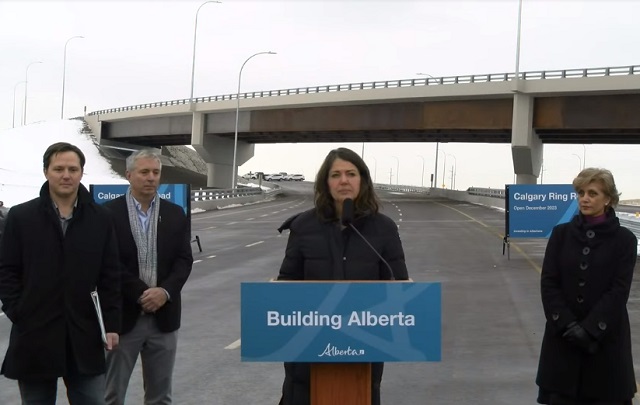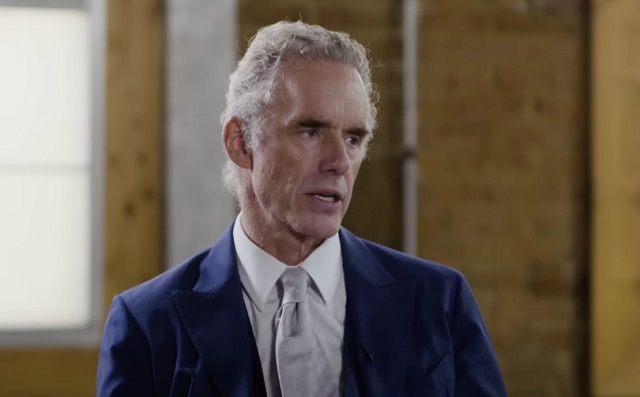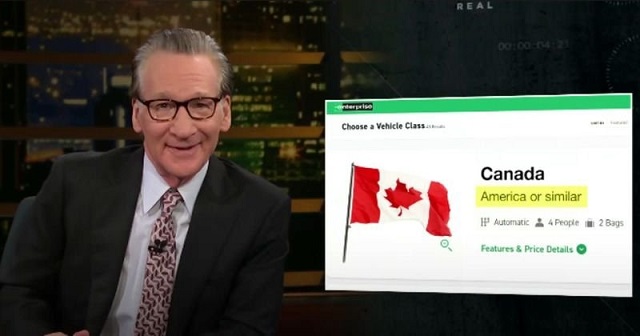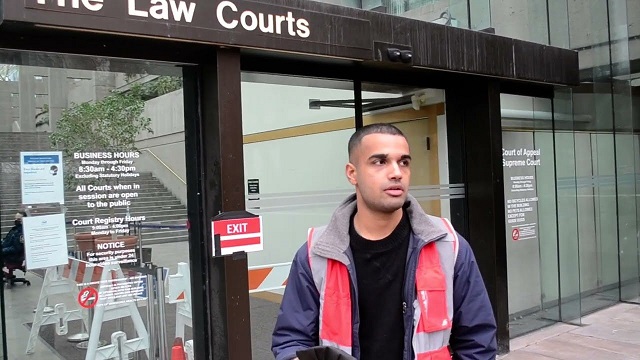Calgary
Can Anyone Be a Star…Athlete?

Andy Warhol’s once-cryptic statement of “in the future, everyone will be famous for 15 minutes” was made in 1968. Since then, this prediction has caused seismic shifts in such fields as music, drama, comedy, and even the news, with charismatic individuals bypassing traditional avenues of success and taking their product directly to the masses, which make or break them with an all-powerful click of the ‘like’ icon.
The argument can be made that these established fields richly deserve their fate. The entertainment industry, after all, is rife with patronage and staggering corruption which it has never tried to disguise. The mainstream media, for its part, seems more obsessed with narratives than it is in the five w’s and the how. Therefore (it can be said) these people made their beds and must now lie in them. They have arrogantly held their audiences captive – and in contempt – for too long.
However, musicians, actors, comedians, and even news agencies notwithstanding, is it acceptable for athletes to also become famous for nothing more than a large social media presence. Is that even possible? Apparently, the answer is… maybe.
When We Were Kings
The acclaimed 1996 sports documentary’s title speaks volumes. While no other sport has ever dominated the human psyche more than boxing, the intensity of that domination is matched only by its fall from grace. Indeed, its decline has become cliché, even as it still towers above all other sports in terms of compelling purity. As ESPN analyst Max Kellerman has astutely pointed out “the literal imposition of will is more compelling than a metaphor for the same thing.” So therefore, everyone wants to be a king, even if it’s just for one day.
Enter Logan Paul and KSI
On November 9th, 2019, sports streaming giant DAZN, which replaced HBO as the main provider for professional boxing worldwide when the latter dropped the sport from its platform just over a year earlier, streamed the rematch between two men who were not accomplished boxers in any way.
Logan Paul is an American YouTuber and self-proclaimed actor, director, and entertainer, whose combined social media presence totals 66.1 million. Paul claims to be a former state wrestler and is clearly very fit, but his skill level as a boxer barely ranks him as a novice at best. For his part, KSI (real name Olajide Olatunji) is a British YouTuber with a following of nearly 30 million, whose boldest claim to fame seems to be that of a rapper. Like his American counterpart, KSI definitely spends a lot of time in the gym, but has little in the way of actual boxing skill.
Nevertheless, 12,000 people attended the match at the Staples Centre in Los Angeles, where true boxers Billy Joe Saunders and Devin Haney fought their respective bouts on the undercard. The fight was shown on DAZN’s pay-per-view service and later its YouTube channel. The latter recorded 24 million views, while powerful British promoter Eddie Hearn has claimed that the former garnered more PPV buys than the dramatic upset KO victory of Andy Ruiz Jr. over recognized heavyweight champion Anthony Joshua.
So What?
Exactly. The silence was deafening. No other sport is lonelier, more thankless, and more demanding than boxing. To add insult to injury, its few remaining stars must now compete with those whose only talent is sheer charisma, and whose devotion does not exceed the superficial. Some have argued that the sport has been exposed to new audiences. Very few, however, have tried to defend the brutal integrity of boxing, claiming that this event literally spits in the face of true warriors, and would never be tolerated elsewhere. Does anyone really believe that if someone organized a weekend-warrior football or basketball league on YouTube to compete with the NFL and NBA respectively, that no one would come to the defense of those sports? So what indeed.
Alberta
Building a 21st century transit system for Calgary

From the Frontier Centre for Public Policy
Calgary Transit is mired in the past, building an obsolete transit system designed for an archaic view of a city. Before the pandemic, transit carried 45 percent of downtown Calgary employees to work, but less than 10 percent of workers in the rest of the Calgary urban area, showing that Calgary Transit doesn’t really serve all of Calgary; it mainly serves downtown.
That would have worked in 1909, when Calgary’s first electric streetcars began operating and most jobs were downtown. By 2016, less than 15 percent of Calgary jobs were downtown, and the pandemic has reduced that number further.
Rather than design a transit system that serves the entire urban area, Calgary Transit light-rail system reinforced its downtown focus. Transit ridership has grown since the city’s first light-rail line opened in 1981, but it was growing faster before the light rail began operating than it has since then. Now Calgary Transit is planning even more downtown-oriented light-rail lines.
Light rail is an expensive form of low-capacity transit. The word “light” in light rail refers not to weight but to capacity: the American Public Transportation Association’s transit glossary defines light rail as “an electric railway with a ‘light volume’ traffic capacity.” While a light-rail train can hold a lot of people, for safety reasons a single light-rail line can move no more than about 20 trains per hour in each direction.
By comparison, Portland, Oregon runs 160 buses per hour down certain city streets. An Istanbul busway moves more than 250 buses per hour. Bogota Columbia busways move 350 buses per hour. All these transitways cost far less per mile than light rail yet can move more people per hour.
Once they leave a busway, buses can go on any city street, reaching far more destinations than rail. If a bus breaks down or a street is closed for some reason, other buses can find detours while a single light-rail breakdown can jam up an entire rail line. If transportation patterns change because of a pandemic, the opening of a new economic center, or the decline of an existing center, bus routes can change overnight while rail routes take years and cost hundreds of millions of dollars to change.
To truly serve the entire region, Calgary Transit must recognize that buses are faster, more flexible, and can move more people per hour to more destinations at a lower cost than any rail system. It should also recognize that modern urban areas have many economic centers and use buses to serve all those centers.
Besides downtown, Calgary’s major economic centers—the airport, the University of Calgary, Chinook Center, the Seton health center, and others—are mostly located near freeway on- and off-ramps. Calgary Transit should identify ten or so such centers geographically distributed around the region. It should locate transit centers—which need be no more than curbside parking reserved for buses with some modest bus shelters—near the freeway exchanges closest to each center.
It should then operate frequent (up to five times per hour) non-stop buses from every center to every other center. A few secondary transit centers might have non-stop buses operate to just two or three other centers. Local bus routes should radiate away from each center to serve every neighborhood of the Calgary urban area.
Since non-stop buses will operate at freeway speeds, the average speed of this bus system will be more than double the average speed of Calgary’s current bus-and-rail system. Transit riders will be able to get from any corner of the urban area to any other part of the urban area at speeds competitive with driving.
Such a polycentric system will serve a much higher percentage of the region’s workers and other travelers than the current monocentric system yet cost no more to operate. It will cost far less to build than a single rail line since most of the necessary infrastructure already exists. While some may worry that buses will get caught in congestion, the solution is to fix congestion for everyone, not spend billions on a slow rail system that only serves a few people in the region.
It is time for Calgary Transit to enter the 21st century. A polycentric bus system may be the best way to do it.
Randal O’Toole is a transportation policy analyst and author of Building 21st Century Transit Systems for Canadian Cities.
Alberta
Calgary Ring Road opens 10 months early

Christmas comes early for Calgary drivers
The Calgary Ring Road is now ready to be opened to public traffic, several months ahead of schedule.
Calgary’s ring road is one of the largest infrastructure undertakings in Calgary’s history and includes 197 new bridges and 48 interchanges. The 101-kilometre free-flowing Calgary Ring Road will open to traffic Dec. 19, completing a project decades in the making.
“Calgary’s ring road is a project that has been decades in the making and its completion is a real cause for celebration. This has been an important project and our government got it done. With this final section completed, travelling just got a little easier for families and for workers. This will not only benefit Calgarians and residents in the metro region, it will provide a boost to our economy, as goods can be transported more easily across our province.”
Although construction of the entire ring road project began in 1999 under former premier Ralph Klein, discussions on a ring road around the City of Calgary began as early as the 1950s. In the late 1970s, under former premier Peter Lougheed, high-level planning and land acquisition started and a transportation utility corridor was established to make the Calgary Ring Road a reality.
“The final section of the Calgary Ring Road is now complete, and I’d like to acknowledge the work done by former premiers and transportation ministers and their vision to build Alberta. I’m proud to announce that the final section was completed on budget and months ahead of schedule.”
“I’m thrilled to see the Calgary Ring Road project completed. It was something I have helped shepherd through the process since 2014. Finally, all the hard work put in by everyone has become a reality. The Calgary Ring Road will provide travellers with over 100 kilometres of free-flow travel, create new travel options for the City of Calgary and surrounding area and provide improved market access across the region.”
Opening the ring road means new travel options for Calgarians, which will draw traffic away from heavily travelled and congested roads such as the Deerfoot Trail, 16th Avenue, Glenmore Trail and Sarcee Trail. For commercial carriers, the ring road provides an efficient bypass route, saving time and money for the delivery and shipment of goods and services.
“The ring road investment generated thousands of local jobs and will now play an integral role in keeping Calgarians and the economy moving. This important transportation link will ease congestion on city routes and greatly improve connectivity and access for businesses transporting goods.”
The ring road is a critical component to growing economic corridors in Alberta and Western Canada, as it connects the Trans-Canada Highway to the east and west, and the Queen Elizabeth II Highway and Highway 2 to the north and south. It is also part of the CANAMEX corridor, which connects Alberta to the highway network in the United States and Mexico.
The completion of the ring road is a major boost for Calgary, opening new business opportunities and supporting key components of the Calgary economy. It sends a signal to businesses and investors that Calgary has a strong highway infrastructure, providing economic corridor connections through the entire region.
“With one of the smoothest commutes in Canada and the capacity to reach 16 million customers by road within a single day, Calgary offers unmatched quality of life and economic opportunities. The triumphant completion of the Calgary Ring Road further improves our capacity to attract even more companies, capital and talent to our city.”
“This is an exciting step forward for the Calgary Metropolitan Region. This key artery will not only improve the quality of life for the residents of the region, it is also a key economic enabler and we are thrilled to see its completion.”
Quick facts
- Stretched into a single lane, the highway is 1,304 kilometres long, the distance from Calgary to Winnipeg.
- Other sections opened in 2009, 2013, 2020 and 2023.
- The West Calgary Ring Road is the final piece of the ring road project.
-

 Censorship Industrial Complex12 hours ago
Censorship Industrial Complex12 hours agoJordan Peterson, Canadian lawyer warn of ‘totalitarian’ impact of Trudeau’s ‘Online Harms’ bill
-

 Alberta22 hours ago
Alberta22 hours agoAlberta rejects unconstitutional cap on plastic production
-

 Alberta2 days ago
Alberta2 days agoRed Deer Doctor critical of Alberta’s COVID response to submit report to Danielle Smith this May
-

 Alberta2 days ago
Alberta2 days agoAlberta’s baby name superstar steals the show again
-

 Censorship Industrial Complex2 days ago
Censorship Industrial Complex2 days agoNow We Are Supposed to Cheer Government Surveillance?
-

 Fraser Institute2 days ago
Fraser Institute2 days agoBill Maher is right about Canadian health care
-

 Bruce Dowbiggin18 hours ago
Bruce Dowbiggin18 hours agoCome For The Graduate Studies, Stay For The Revolution
-

 Alberta20 hours ago
Alberta20 hours agoAlberta official reveals ‘almost all’ wildfires in province this year have been started by humans








